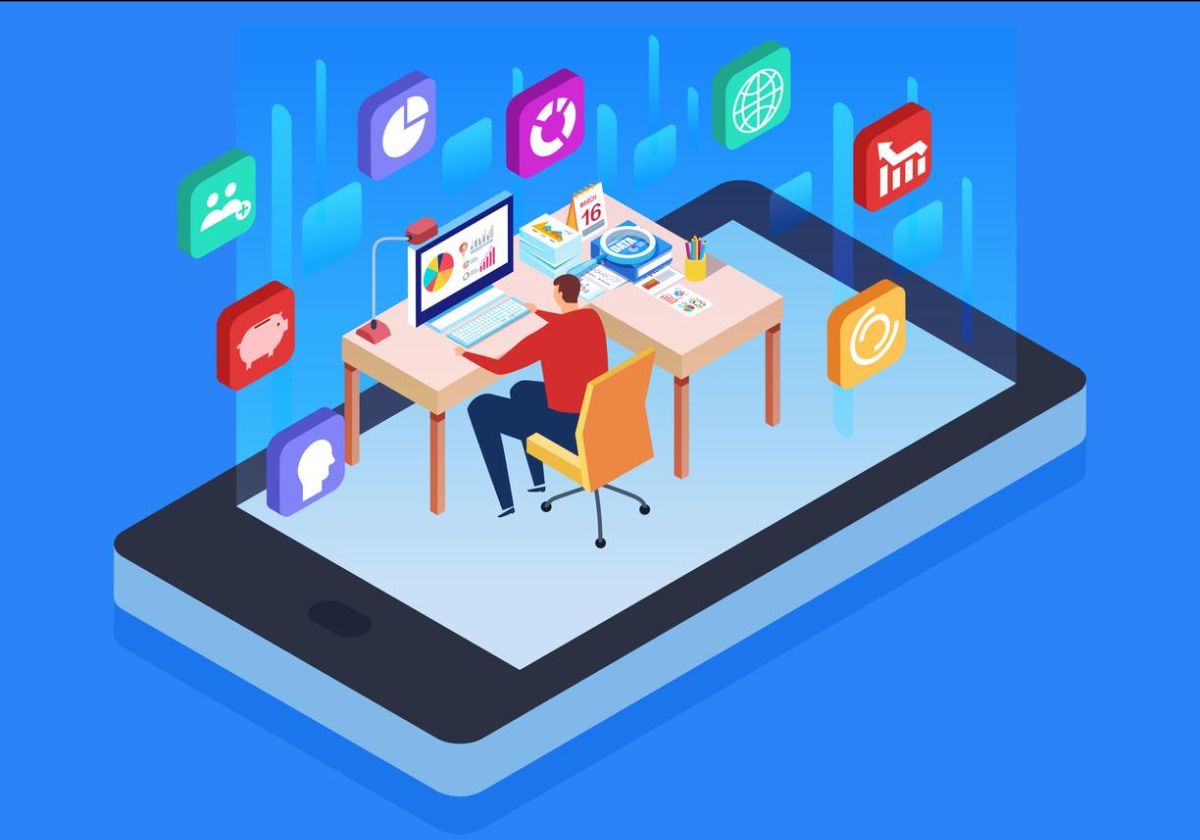|


Virtual Learning
Retrofitting the Learning Environment
When we look back on the spring of 2020, few will debate the enormity of the change that has taken place. It is pretty clear that things will never be the same as they were only three months ago. As the world changes, we have to adjust and prepare for the new future.
Back at the beginning of March, the transition started when parents all over the world were suddenly thrown into the role of being their own children’s teacher. Homeschooling was followed by online training classes and virtual CEUs as manufacturers were eager to get in front of designers and architects, trying to add value with education.
We have collectively realized that it is our industry who will help re-define life post-pandemic. In that sense, coffee chats and panel discussions have been some of the most insightful, inspiring experiences of our quarantine time. To hear the energy and innovative ideas of people who are both new to the industry, and the more seasoned who have lived through past difficult times, educates all of us. Even before quarantine, the microlearning trend had started to change both corporate training and education in general. The pace of life has become so fast, so of course, our learning follows suit.
Higher education is also changing things up by working with companies to do their corporate training for them. Rutgers in New Jersey works with companies like Prudential, TD Ameritrade, Johnson + Johnson and Merck to help “reinvent your organization” by “combining organizational strategy with top notch skills....to ensure your competitive advantage.” It changes the dynamic of an individual going for a degree and provides better economic pay off for the college or university.
If you have time to pursue a class or two on your own, take a look into Harvard’s 31 free classes.

Be sure to check in with the IIDA New England calendar for upcoming virtual events offered in our community.

Did you know that according to the National Center for Education Statistics, 99% of the 55.6 million public and private schools in the United States have closed, leaving students to learn remotely?

PROFILE HIGHLIGHT
Jillian Tara
Jillian, why did you choose to become an Interior Designer?: My mother let me redecorate my bedroom when I was in middle school which got me into reading design magazines. I’ve been hooked on design ever since!

Brittney Durocher
Brittney, why did you choose to become an Interior Designer?: I grew up with a contractor as a father, he always took me to jobs and I saw the entire process. When it came time for college, it was a calling.

Nicole Ward
Nicole, why did you choose to become an Interior Designer?: As a child I was always passionate about art. I’d spend hours as a three-year-old sitting in the hallway with my giant bucket of crayons doing my best to “stay inside the lines.” I completed two high school courses in interior design and realized that the subject would allow me to balance my creative side with the analytical/pragmatic side.
Do you have an idea that you would like to share with the design community or see highlighted here in The Wire? Send your ideas to s[email protected].
|